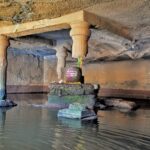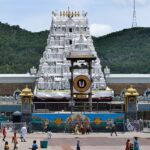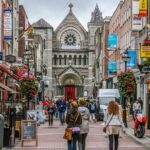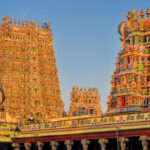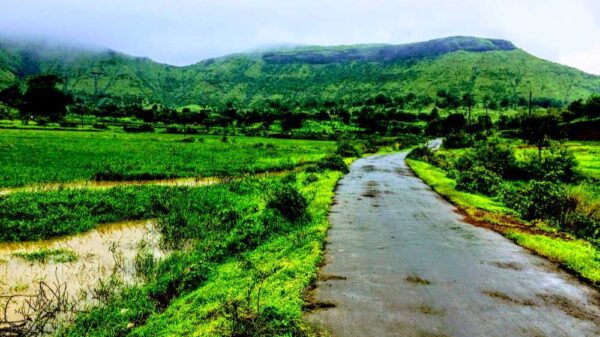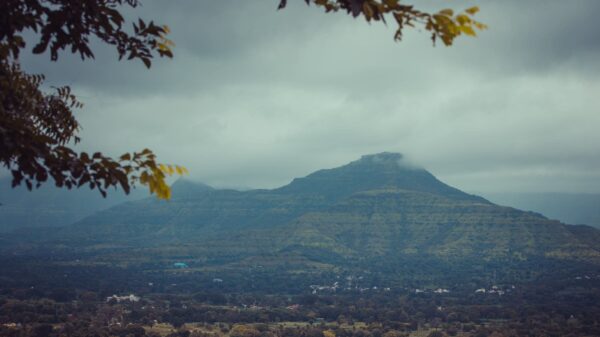Tucked away in the northern region of Karnataka, Bidar is a symbol of India’s rich historical legacy. This historic city attracts both history buffs and tourists with its imposing forts and elaborate architecture. Come along as we explore the ageless charm and cultural legacy of Bidar.
Magical Histories

Bidar Fort
Bidar Fort is a massive fortification that dominates the landscape and tells stories of times gone by. Built during the Bahmani Sultanate, this architectural wonder supported many different regimes. The majestic Mahmud Gawan Madrasa behind its walls recalls the intellectual pursuits of its day as you stroll around its spacious grounds.
The tombs of Bahmani
Thirteen mausoleums that stand stoically as a testament to the Bahmani kings are known as the Bahmani Tombs. Every tomb recounts the tale of a bygone period with its elaborate writing and geometric designs. The quiet atmosphere around the graves serves as a tranquil counterpoint to the opulence of the buildings.
A Sanctuary of Culture

The Art of Elegance- Bidriware
Bidar is well known for its distinctive metalwork, or “Bidriware,” which has its roots in Persia. Expert craftspeople meticulously engrave patterns into the charred metal to produce magnificent objects. Bidriware bazaars provide an opportunity to see this traditional handicraft and purchase classic items as mementoes.
A Spiritual Oasis- Guru Nanak Jhira Sahib
Bidar gains a spiritual component from the Sikh pilgrimage destination, Guru Nanak Jhira Sahib. Constructed to commemorate the arrival of Guru Nanak, the gurdwara is home to a naturally occurring spring whose water has special religious significance. The serene surroundings provide comfort to both pilgrims and tourists, making it a must-visit location for anybody looking to reenergize spiritually.
Creative Masterpieces
Hazrat Khalil Ullah’s Chaukhandi
A prime example of Indo-Islamic architecture, the Chaukhandi of Hazrat Khalil Ullah bears witness to the city’s multiplicity of cultural influences. The elaborate carvings and intricate latticework demonstrate the high level of workmanship that was common in the Deccan throughout the Middle Ages.
Rangeen Mahal
A remarkable example of a fusion of Indian and Persian architectural traditions is the Rangeen Mahal. Entitled ‘Palace of Colours,’ the moniker perfectly encapsulates the spirit of the vivid murals and tile work that cover its interior spaces. The palace takes guests back in time to a time when architecture and art coexisted peacefully.
Papnash Shiva Temple

Situated in the centre of Bidar, the Papnash Shiva Temple offers a peaceful sanctuary. Entwined by verdant foliage, this historic Shiva temple welcomes both nature enthusiasts and worshippers. The sound of the neighbouring Manjira River flowing gently adds to the area’s meditative atmosphere.
Tasteful Delights
Bidar’s food scene wouldn’t be complete without sampling its renowned Bidri Naan. This unusual bread has a soft inside and a crunchy outside, making it a delicious treat. Try it with regional specialities like Bidar Kalyani Biryani for a taste explosion that embodies the area’s rich culinary history.
Regional Marketplaces
Bidar’s lively Veerabhadra Temple Street market provides a rainbow of regional delicacies. The street is a shoppers’ delight, offering everything from colourful handwoven textiles to traditional Bidriware. Visitors may bring a little bit of Bidar’s culture home with them by exploring the city’s winding lanes, which reveal a treasure trove of trinkets.
Final Thoughts
Bidar invites visitors to take a trip through time with its historical sites, cultural richness, and scenic beauty. Bidar reveals itself as an enthralling location that skillfully melds the past into the present, creating a lasting impression on each visitor as you stroll through the lively streets and discover its architectural marvels.


